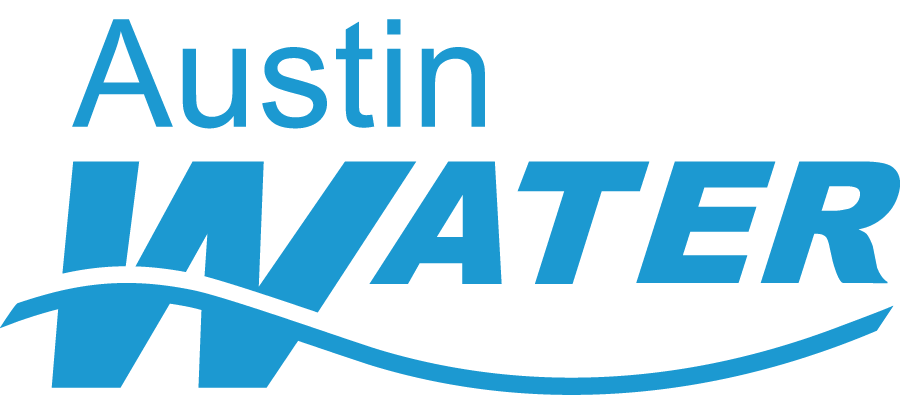The Ecoweb Tour contains a lot of important information about the Bull Creek Preserve and the Balcones Canyonlands Preserve. To someone new to this information, it may seem overwhelming. This study guide highlights specific definitions and concepts you may encounter when taking the test to complete the first portion of the Entry Permit course. It is organized using the headings of pages within the tour to help you cover each topic as you progress.
-
Golden-cheeked warbler – Description
- Diet of the warbler
-
Golden-cheeked warbler - Habitat and Range
- What is the unique claim of the Golden-cheeked warbler?
- Importance of Travis County for the warbler
- Key tree species used by the warbler
- Winter habitat of the warbler
- Definition of generalist and endemic
-
Golden-cheeked warbler – Territory and Nesting
- Nest material used by the warbler
- Importance of upland habitat to the warbler
-
Golden-cheeked warbler – Multimedia
- Why does the male warbler sing?
-
Background – History
- Departmental hierarchy related to the BCP
- Habitat protection under the Endangered Species Act
- Reasons for listing the warbler as endangered
- Total acres to be acquired by the BCCP
- Definition of Species of Concern
-
Background – Purpose of the Preserve
- Difference between park and preserve
- Purpose of funds for the Bull Creek Preserve
- Primary goal of the BCCP
- Permitted recreational uses for the Bull Creek Nature Preserve
- Mitigation process for the BCCP
-
Background - Management
- Preserve management strategies
- Habitat enhancement activities
-
Background – Preserve Rules
- Reasons for trail closures
-
Ecosystem – Web of Life
- Definition of Ecosystem
- Interdependence of species and ecosystem
-
Ecosystem – Geology
- Definition of seeps, karst and marl
-
Ecosystem – Habitat
- Characteristics of shrub habitat
- Types of habitat found on the Bull Creek Nature Preserve
- Definition of habitat and succession
-
Ecosystem – Benefits
- Tree transpiration and its benefits
- Water quality benefits of the Preserve
- Air quality benefits of the Preserve
-
Native Animals – Mammals
- Common mammal signs
- Definition of crepuscular, nocturnal, and diurnal
-
Native Animals – Birds
- Tips for bird identification
- Endangered species protected by the BCCP
-
Native Animals – Amphibians and Reptiles
- Protected amphibian(s) under the BCCP
- Definition of indicator species
- Venomous snakes of Central Texas
-
Native Animals – Invertebrates
- How certain spiders use their webs
- Important functions of insects
- Definition of Metamorphosis
- Abundance of invertebrates
-
Native Animals – Karst Invertebrates
- Type of habitat requiring adaptation
-
Native Plants – Trees
- Definition of Riparian
- Important functions of trees
-
Native Plants - Shrubs
- Excellent place to look for insects and spiders
-
Native Plants – Ground Cover
- Definition of diversity
- Types of ground cover
-
Native Plants – Non Native Species
- Definition of Invasive species
- Exotic plants of Central Texas
-
Threats – Problem Species
- Definition of carrying capacity
- Adaptations of brown-headed cowbirds
- Management of Red imported fire ants
- Nest predators
- Common nest parasite
- Effects of feral hogs on native plants
-
Threats – Habitat Fragmentation
- Definition of Edge Species
- Definition of habitat fragmentation
-
Threats – White-tailed Deer
- Definition of Browse line
- Reasons for white-tailed deer overpopulation
-
Threats – Oak Wilt
- Oak wilt prevention and treatment
-
Stewardship – An Ecological Conscience
- Definition of environmental stewardship
- Definition of Ecological footprint
-
Stewardship – In the Preserve
- Role of environmental steward
- Examples of stewardship on the Preserve
-
Stewardship – In the Neighborhood
- Responsible pet ownership
- Benefits of native landscaping
- Effects of pets released into the wild
-
Stewardship – In Austin
-
City of Austin environmental programs and incentives
-
City of Austin environmental programs and incentives

